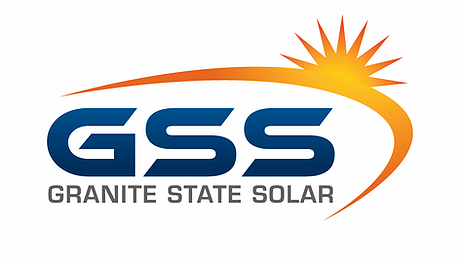Solar 101: Key Terms Explained
-3.png?width=740&height=620&name=Untitled%20design%20(4)-3.png) As you dive into the world of solar energy, you might come across some unfamiliar terms. Understanding these key solar power terms allows for more meaningful conversations with solar installers and a deeper understanding of how solar works. So, we’ve pulled together a list of some frequently used industry terms to give you clarity as you embark on your solar journey. We hope this solar cheat sheet will empower you with the information you need to make informed decisions about harnessing the sun's energy to power your life!
As you dive into the world of solar energy, you might come across some unfamiliar terms. Understanding these key solar power terms allows for more meaningful conversations with solar installers and a deeper understanding of how solar works. So, we’ve pulled together a list of some frequently used industry terms to give you clarity as you embark on your solar journey. We hope this solar cheat sheet will empower you with the information you need to make informed decisions about harnessing the sun's energy to power your life!
Solar Photovoltaic (PV) System: A solar PV system converts sunlight directly into electricity using photovoltaic cells. These cells, typically made of silicon, generate a direct current (DC) when exposed to sunlight.
Inverter: An inverter is an essential component of any solar energy system that converts the direct current (DC) power produced by solar panels into usable alternating current (AC) power for use in your home and to feed excess energy to the grid.
Solar Panel Efficiency: Solar efficiency measures the ability of a solar panel to effectively convert sunlight into electricity. Efficiency is calculated by measuring the amount of sunlight that hits a panel against the amount of electricity it produces. Not all sunlight that hits a solar panel gets converted into electricity. Some is reflected, and some is absorbed but doesn't generate electricity. The efficiency of a solar panel refers to the percentage of sunlight that gets converted into usable electricity. Any panel with efficiency above 20% is considered a high-efficiency panel. The Q.CELLs panels that we install at Granite State Solar are top-performers with efficiency up to 22%.
Net Metering: Net Metering is a billing arrangement that allows solar panel owners to receive credits from the utility for excess electricity they generate and feed back into the grid. This credit can offset the cost of electricity used from the grid when solar production is low.
Solar Incentives: Governments and utilities often offer incentives and rebates to encourage the adoption of solar energy. These incentives can include tax credits, grants, and renewable energy credits, making solar installations more affordable for homeowners and businesses.
Solar Tracking Systems: Solar tracking systems adjust the position of solar panels to maximize sunlight exposure throughout the day by following the path of the sun. This optimization can increase energy production compared to stationary systems. We at Granite State Solar do not install trackers, as they have more potential points of mechanical failure with the tracking technology and require more electrical maintenance over time than stationary ground- or roof-mounted solar.
Off-grid System: A standalone solar power system that is independent of the electricity grid. It's designed for power generation in remote locations where access to the grid is unavailable or very expensive. Off-grid systems often incorporate batteries or other forms of energy storage to ensure continuous power supply, even when solar generation isn't available. While off-grid systems allow for complete energy independence from the grid, they must be sized correctly and can come at a high cost. It's best to speak with your installer on whether an off-grid system is right for you.
Grid-tied Systems: Grid-tied solar systems are connected to the utility grid, allowing for the exchange of electricity between the solar installation and the grid. This is the primary type of system that we install at Granite State Solar.
Solar Storage: Solar storage solutions, such as batteries, allow excess energy generated during sunny periods to be stored for later use when sunlight is scarce or unavailable. This technology is crucial for gaining total independence from the utility.
Now that you’ve brushed up on your solar vocabulary, you’re ready to talk with a Solar Advisor about next steps. Set up a free site visit and get ready to show off your solar knowledge!

Leave a Comment